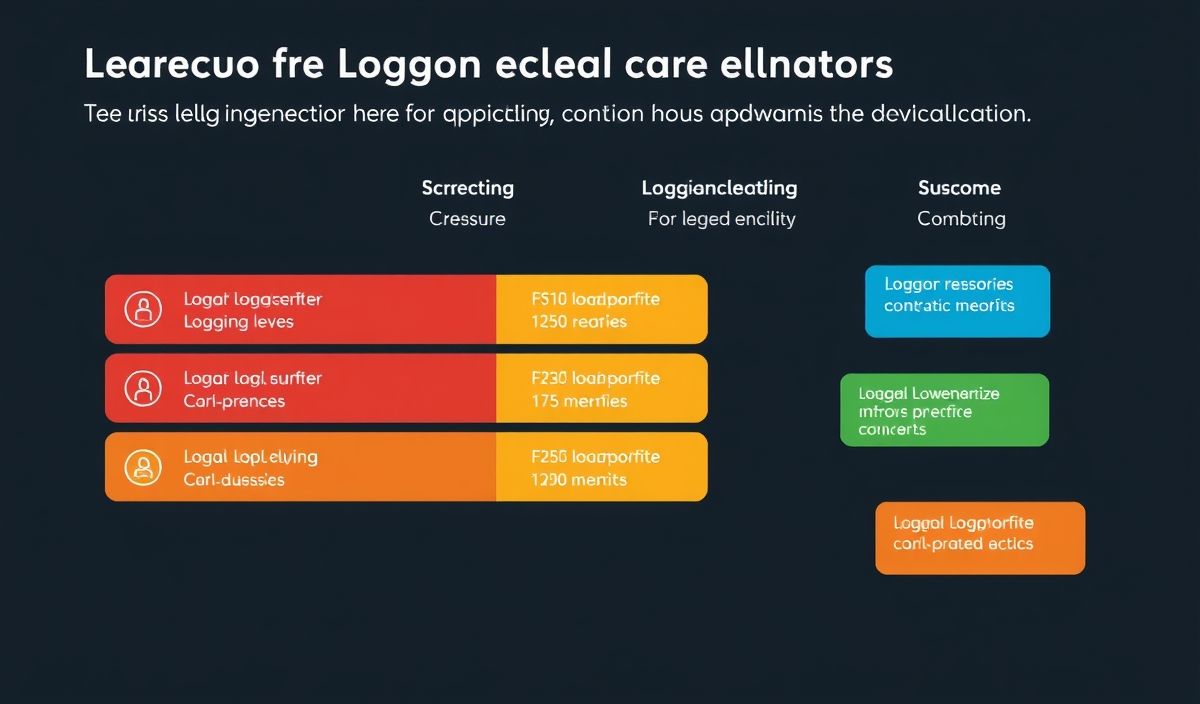Welcome to the Comprehensive Guide to Keystone
Keystone is an OpenStack service that provides API client authentication, service discovery, and distributed multi-tenant authorization. In this guide, we’ll take a deep dive into the foundational APIs offered by Keystone and explore them with practical code snippets and an application example.
Key Keystone APIs
1. Authentication API
Keystone’s authentication API enables users to obtain and manage authentication tokens.
POST /v3/auth/tokens
{
"auth": {
"identity": {
"methods": [
"password"
],
"password": {
"user": {
"name": "admin",
"domain": {
"id": "default"
},
"password": "secretpassword"
}
}
}
}
}
2. CRUD Operations on Users
Create, read, update, and delete users with Keystone’s user API.
Create User
POST /v3/users
{
"user": {
"name": "newuser",
"domain_id": "default",
"enabled": true,
"password": "supersecretpassword"
}
}
Update User
PATCH /v3/users/{user_id}
{
"user": {
"enabled": false
}
}
Delete User
DELETE /v3/users/{user_id}
3. Role Assignment API
Manage role assignments for users and projects.
Assign Role to User
PUT /v3/projects/{project_id}/users/{user_id}/roles/{role_id}
Application Example: Keystone Integration
Let’s create a Python application that interacts with Keystone using the APIs mentioned above.
Step 1: Obtain Authentication Token
import requests
auth_url = "http://keystone.example.com/v3/auth/tokens"
auth_data = {
"auth": {
"identity": {
"methods": ["password"],
"password": {
"user": {
"name": "admin",
"domain": {"id": "default"},
"password": "secretpassword"
}
}
}
}
}
auth_response = requests.post(auth_url, json=auth_data)
token = auth_response.headers['X-Subject-Token']
print("Authentication Token:", token)
Step 2: Create User
user_url = "http://keystone.example.com/v3/users"
headers = {"X-Auth-Token": token}
user_data = {
"user": {
"name": "newuser",
"domain_id": "default",
"enabled": True,
"password": "supersecretpassword"
}
}
user_response = requests.post(user_url, json=user_data, headers=headers)
print("Create User Response:", user_response.json())
Step 3: Assign Role to User
role_url = "http://keystone.example.com/v3/projects/{project_id}/users/{user_id}/roles/{role_id}"
role_response = requests.put(role_url, headers=headers)
print("Assign Role Response:", role_response.status_code)
By following these steps, you can effectively integrate Keystone’s powerful authentication and authorization capabilities into your applications.
Hash: 4cc7a4b341d8ce3315ea112ebb01e664bd328e88781db0f4bbc0e3f65e201bf9




